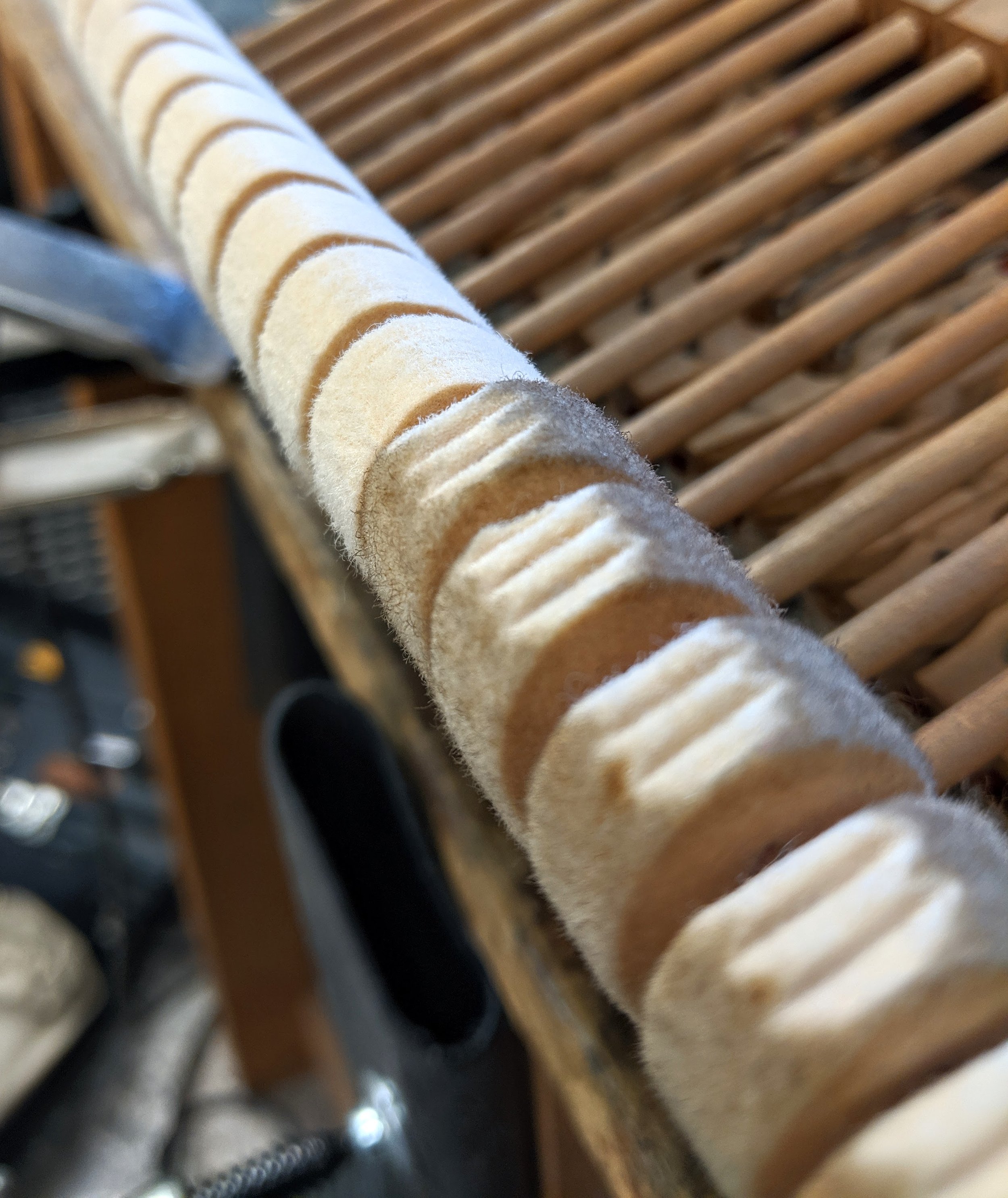Humidity Control
The wood and felt of a piano are extremely susceptible to changes in humidity. Small fluctuations can cause detrimental changes to the tuning and mechanical action. This accounts for the vast majority of problems encountered by piano owners, usually presenting itself as stuck/sluggish keys, sudden changes in tuning, and tight/stuck cabinet parts. Over time, humidity fluctuation can and will destroy the structural integrity of the soundboard, bridges, pin-block, and more, ruining the piano.
Dampp-Chaser© humidity control systems are made specifically for pianos, helping to keep them at 42% relative humidity.
I cannot overstate the importance of having one in the gulf coast region. Click here to learn more about the Piano Life Saver System.
Regular Tuning
Generally speaking, bi-annual tuning is recommended to maintain your instrument in perfect tune as the seasons pass. At an absolute minimum, it should be tuned once per year to prevent the pitch from dropping below international pitch (A=440hz) regardless of how often it is played.
When regularly tuned, we can focus on having the piano sound better and maintain the rest of the instrument, instead of having to overhaul the tuning every visit.
Maintenance or Replacement of Worn Parts
Hundreds of pinnings, felt bushings, leather, and glue joints all eventually begin to wear out. As this happens, the danger for serious damage increases. Most major work is an infrequent event, sometimes decades apart. At each tuning, I assess the instrument and present you with noteworthy items that should be considered either immediately or in the future. This valuable work is a major factor in overall piano longevity.




